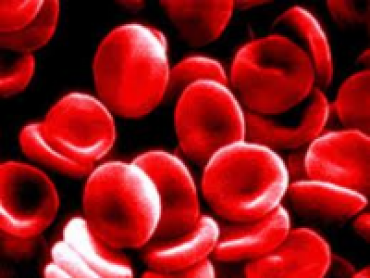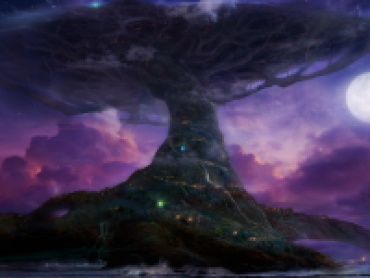Cosmologists discuss their project to create a map of everything in existence, and reveal that their research has yielded some highly unexpected results, creating a picture stranger than anything they had imagined. Scientists also explain why the map suggests the universe may not be an all-encompassing entity - but merely the starting point for something much bigger.
Science
Horizon plunges down the biggest rabbit-hole in history in search of the smallest thing in the Universe. It is a journey where things don't just become smaller but also a whole lot weirder. Scientists hope to catch a glimpse of miniature black holes, multiple dimensions and even parallel Universes. As they start to explore this wonderland, where nothing is quite what it seems, they may have to rew
Broadcast (1998) A curious feature of our planet’s surface is that it has two distinct levels: the dry land on the continents, on average a few hundred metres above sea level, and the ocean floor, making up two thirds of the Earth’s surface, several kilometres below sea level. Only in the past fifty years have scientists begun to explore in detail this vast region, revealing beneath the waves a la
Broadcast (2007) In this new three part series, von Hagens explores the impact that accidents and assaults have on the human body, while also demonstrating what first-aiders, paramedics and physicians can do to try to preserve life. First, he dissected human bodies to show how they work; then he did it to show how humans die. Now, Dr Gunther von Hagens, together with the British Red Cross, demonst
Using Goethe's Theory of Colours (Zur Farbenlehre) as point of departure, Light Darkness and Colours takes us on a fascinating journey through the universe of colours. In 1704, Sir Isaac Newton published *Light and Refraction*, his study of the interactions between sunlight and prisms. Newton was, as a good scientist, intent on achieving objectivity, which meant studying sunlight in isolation. He
Stem Cell Research is arguably the most important research being done today that will pave the way for finding a cure for human’s weaknesses. Cancer, AIDS, degenerative diseases, etc. In 2001, Dr Jack Kessler witnessed a terrible tragedy to his family. This is the story of stem cell research – and Dr. Kessler. At the same time that he became the chair of Northwestern University’s Neurology dept, h
Scientists behind Sixty Symbols (Ed Copeland, Roger Bowley and Tony Padilla from the University of Nottingham) are doing their best to answer what actually is the Higgs Boson.Named after Peter Higgs, an Edinburgh University physicist, the Higgs boson is crucial to understanding the origin of mass. The Higgs boson is a hypothetical elementary particle predicted by the Standard Model of particle
The Theory of Special Relativity as part of the educational process: not for the sake of understanding the theory itself, but in using Einstein’s particular discovery as a case study to demonstrate and walk people through real human thinking. The presentation ends with reflecting on the principle of relativity in terms of social relations and individual identities or thought processes, asking the
Journey back in time to the birth of our solar system to examine whether the key to our planet’s existence might have been the explosive shockwave of an ancient supernova. Meet a chemist who has yielded a new kind of “recipe” for natural processes to assemble and create the building blocks of life. And see how the head louse, a creepy critter that’s been sucking our blood for millions of years, is









